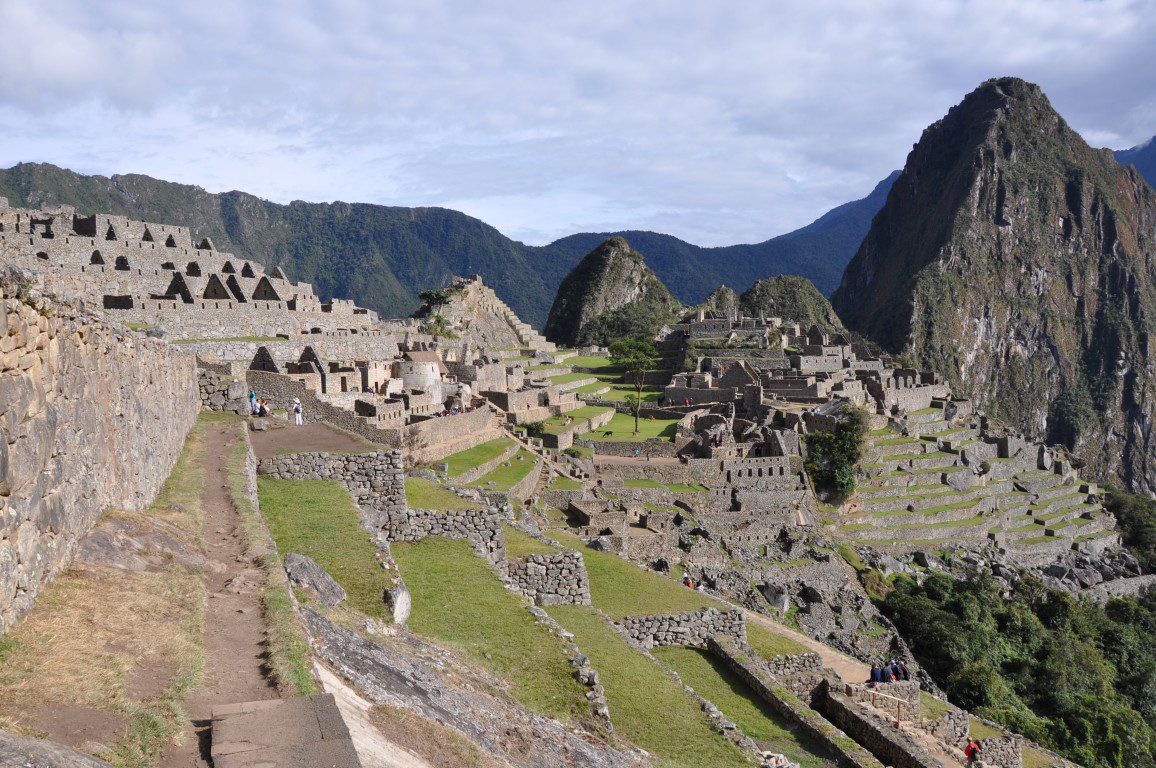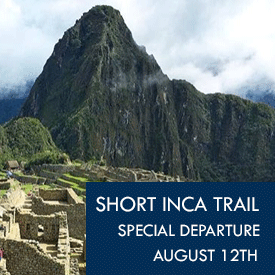Many people wonder what makes Machu Picchu so important, why so many people visit it, and why it is considered so interesting. Some of the reasons are mentioned in this article.
Machu Picchu is a Quechua word that comes from Machu that means old or ancient, and Picchu meaning mountain, therefore, Machu Picchu is translated as Old Mountain.
One of the theories on what it was used for argued that the citadel of Machu Picchu was a luxurious and well maintained mausoleum of the Inca Pachacutec, who was the founder and first emperor of Tawantinsuyo.

In the citadel of Machu Picchu lived no more than 200 to 300 people but of a high social rank. Most of these people had some sort of relationship with the Inca; they were descendants of the founder of Tahuantinsuyo.
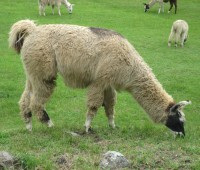
Machu Picchu wildlife
It is considered as the most amazing urban creation of the Inca Empire and one of the most important heritage sites in the world. It sits on top of a mountain, 2.430 meters in the tropical forest, offering spectacular scenery with significant endemic biodiversity of flora and fauna.
The Historic Sanctuary of Machu Picchu is full of cultural significance. Its various sites, complexes, monuments and citadels are intertwined with each other and with their environment. This is a unique artistic achievement and also a masterpiece of architecture. Everything is sacred and cultural and is related to each other, including the natural environment in which it is built.
The site is made up of precincts, plazas, temples, tombs, rooms for storing food, stone canals and stairways and platforms, distributed on the topography of the mountain in a unique worked in urban design. The terraces over 700 preserved land, promoted agriculture, and served as part of an extensive system of water distribution and limited retained water erosion on steep slopes.
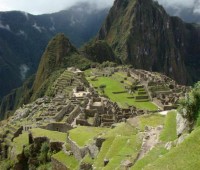
The Historic Sanctuary of Machu Picchu
The monument was built in the fifteenth century, served simultaneously as a center of worship and astronomic observation, and as rest place of the royal family of the Inca Pachacutec.
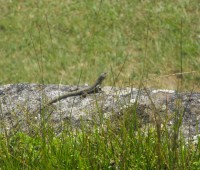
Machu Picchu wildlife
The Historic Sanctuary of Machu Picchu contains about 10% of the fauna and 22% of the flora of Peru. It stands out as one of the few mountain regions that have abundant available information about the local flora and fauna. They have recorded 401 species of birds, 19 reptiles, 10 amphibians, 13 fishes, 300 diurnal butterflies and 400 nocturnal, also recorded 309 species of orchids of the total of 1,625 species in the country, it is estimated that there are 200 additional species not recorded.
Because of these and other features, in 1983 the Historic Sanctuary of Machu Picchu was inscribed by UNESCO on the List of World Cultural and Natural Heritage.
Currently, Machu Picchu holds the rank of being considered one of the Seven Wonders of the World; this distinction promotes increased tourism in the area. Tourists of all nationalities travel to Peru with the intention of observing the Inca legacy and of course visiting Machu Picchu, which is also known as the Lost City of the Incas.
